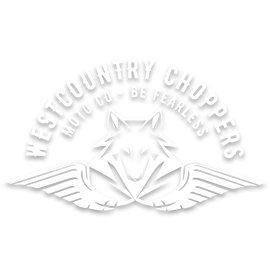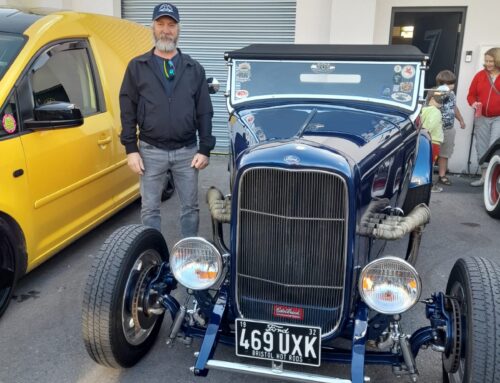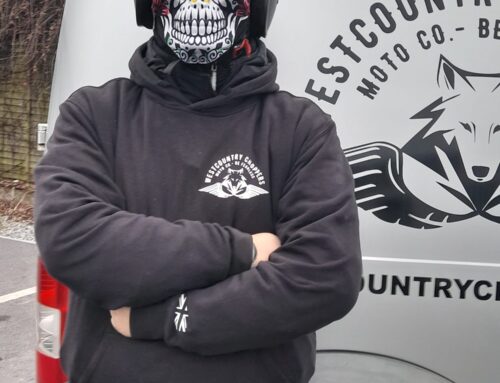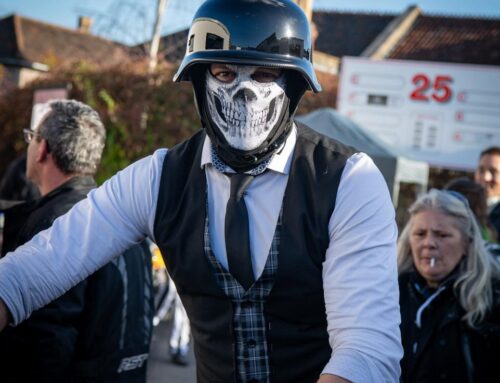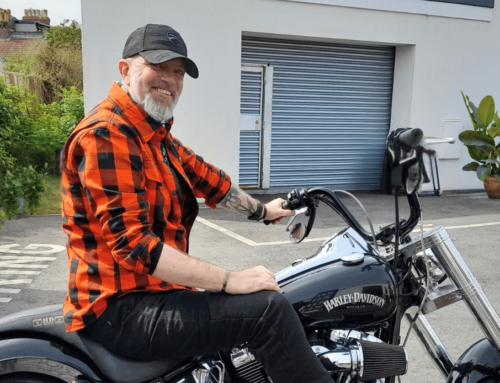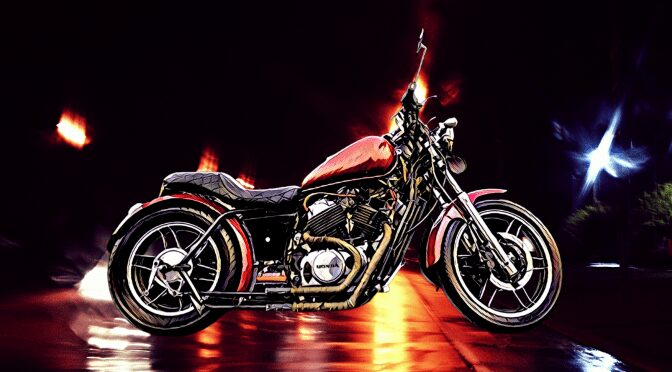
The History of Choppers
Chopper motorcycles, with their distinctive custom styling and powerful engines, have carved a unique niche in motorcycle culture. They symbolise freedom, rebellion, and individualism.
The evolution of choppers is not just a tale of automotive innovation; it’s a story deeply intertwined with American culture and the relentless pursuit of personal expression.
The genesis of chopper motorcycles traces back to the post-World War II era. Returning veterans, skilled in mechanics and yearning for camaraderie and adrenaline, started modifying their motorcycles, primarily Harleys, to stand out and satisfy their need for speed and agility. These early modifications involved “chopping” off unnecessary parts—hence the name “choppers“—such as windshields, front fenders, and bulky accessories, aiming for a streamlined look and improved performance.
By the 1960s, choppers had evolved beyond mere functional modifications to become a canvas for personal expression. Riders began extending the front forks, creating the iconic “raked” look that pushed the front wheel forward and upward, dramatically altering the bike’s silhouette. Handlebars were raised to the now-famous “ape hangers,” and custom paint jobs became more elaborate, featuring flames, pinstripes, and later, intricate murals that reflected the rider’s personality and passions.
The chopper’s ascent into mainstream culture was significantly boosted by the 1969 film “Easy Rider.” The movie not only glorified the chopper lifestyle but also immortalized the “Captain America” and “Billy Bike” choppers, embedding them as cultural icons of freedom and nonconformity. This exposure spurred a chopper craze among the public, elevating these custom bikes from niche obsessions to symbols of a counter-culture movement.
As choppers surged in popularity, the craftsmanship involved in creating these rolling works of art became more sophisticated. Custom frame builders and parts manufacturers emerged, allowing riders to personalize every aspect of their bikes, from handcrafted leather seats to custom-engineered frames that pushed the boundaries of design and functionality.
Today, nearly 20 years after the inception of Westcountry Choppers, the chopper motorcycle continues to evolve, blending traditional craftsmanship with modern technology. Electric choppers and innovative materials are being explored, but the core ethos remains unchanged: choppers are the quintessential embodiment of personal freedom and creativity on two wheels.
The enduring appeal of choppers lies not just in their aesthetic or performance but in the philosophy, they represent—a relentless pursuit of individuality and the freedom to craft one’s destiny, one custom bike at a time. As Westcountry Choppers and other craftsmen continue to innovate and redefine what a chopper can be, the spirit of the chopper motorcycle, with its rich history and cultural significance, rides on, undiminished.
